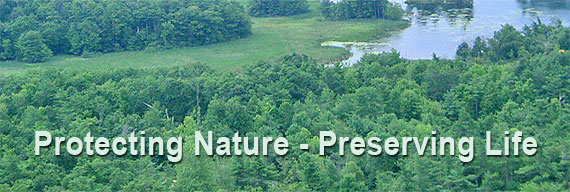Chapter 14
Lamon
The good old pioneer, Lamon, was the first of all the early Yosemite
settlers who cordially and unreservedly adopted the Valley as his home.
He was born in the Shenandoah Valley, Virginia, May 10, 1817, emigrated
to Illinois with his father, John Lamon, at the age of nineteen;
afterwards went to Texas and settled on the Brazos, where he raised
melons and hunted alligators for a living. "Right interestin'
business,"
he said; "especially the alligator part of it." From the Brazos he went
to the Comanche Indian country between Gonzales and Austin, twenty
miles
from his nearest neighbor. During the first summer, the only bread he
had was the breast meat of wild turkeys. When the formidable Comanche
Indians were on the war-path he left his cabin after dark and slept in
the woods. From Texas he crossed the plains to California and worked In
the Calaveras and Mariposa gold-fields.
He first heard Yosemite spoken of as a very beautiful mountain valley
and after making two excursions in the summers of 1857 and 1858 to see
the wonderful place, he made up his mind to quit roving and make a
permanent home in it. In April, 1859, he moved into it, located a
garden
opposite the Half Dome, set out a lot of apple, pear and peach trees,
planted potatoes, etc., that he had packed in on a "contrary old mule,"
and worked for his board in building a hotel which was afterwards
purchased by Mr. Hutchings. His neighbors thought he was very foolish
in
attempting to raise crops in so high and cold a valley, and warned him
that he could raise nothing and sell nothing, and would surely starve.
For the first year or two lack of provisions compelled him to move out
on the approach of winter, but in 1862 after he had succeeded in
raising
some fruit and vegetables he began to winter in the Valley.
The first winter he had no companions, not even a dog or cat, and one
evening was greatly surprised to see two men coming up the Valley. They
were very glad to see him, for they had come from Mariposa in search of
him, a report having been spread that he had been killed by Indians. He
assured his visitors that he felt safer in his Yosemite home, lying
snug and squirrel-like in his 10 x 12 cabin, than in Mariposa. When the
avalanches began to slip, he wondered where all the wild roaring and
booming came from, the flying snow preventing them from being seen.
But,
upon the whole, he wondered most at the brightness, gentleness, and
sunniness of the weather, and hopefully employed the calm days in
tearing ground for an orchard and vegetable garden.
In the second winter he built a winter cabin under the Royal Arches,
where he enjoyed more sunshine. But no matter how he praised the
weather
he could not induce any one to winter with him until 1864.
He liked to describe the great flood of 1867, the year before I reached
California, when all the walls were striped with thundering waterfalls.
He was a fine, erect, whole-souled man, between six and seven feet
high,
with a broad, open face, bland and guileless as his pet oxen. No
stranger to hunger and weariness, he knew well how to appreciate
suffering of a like kind in others, and many there be, myself among the
number, who can testify to his simple, unostentatious kindness that
found expression in a thousand small deeds.
After gaining sufficient means to enjoy a long afternoon of life in
comparative affluence and ease, he died in the autumn of 1876. He
sleeps
in a beautiful spot near Galen Clark and a monument hewn from a block
of
Yosemite granite marks his grave.
|













